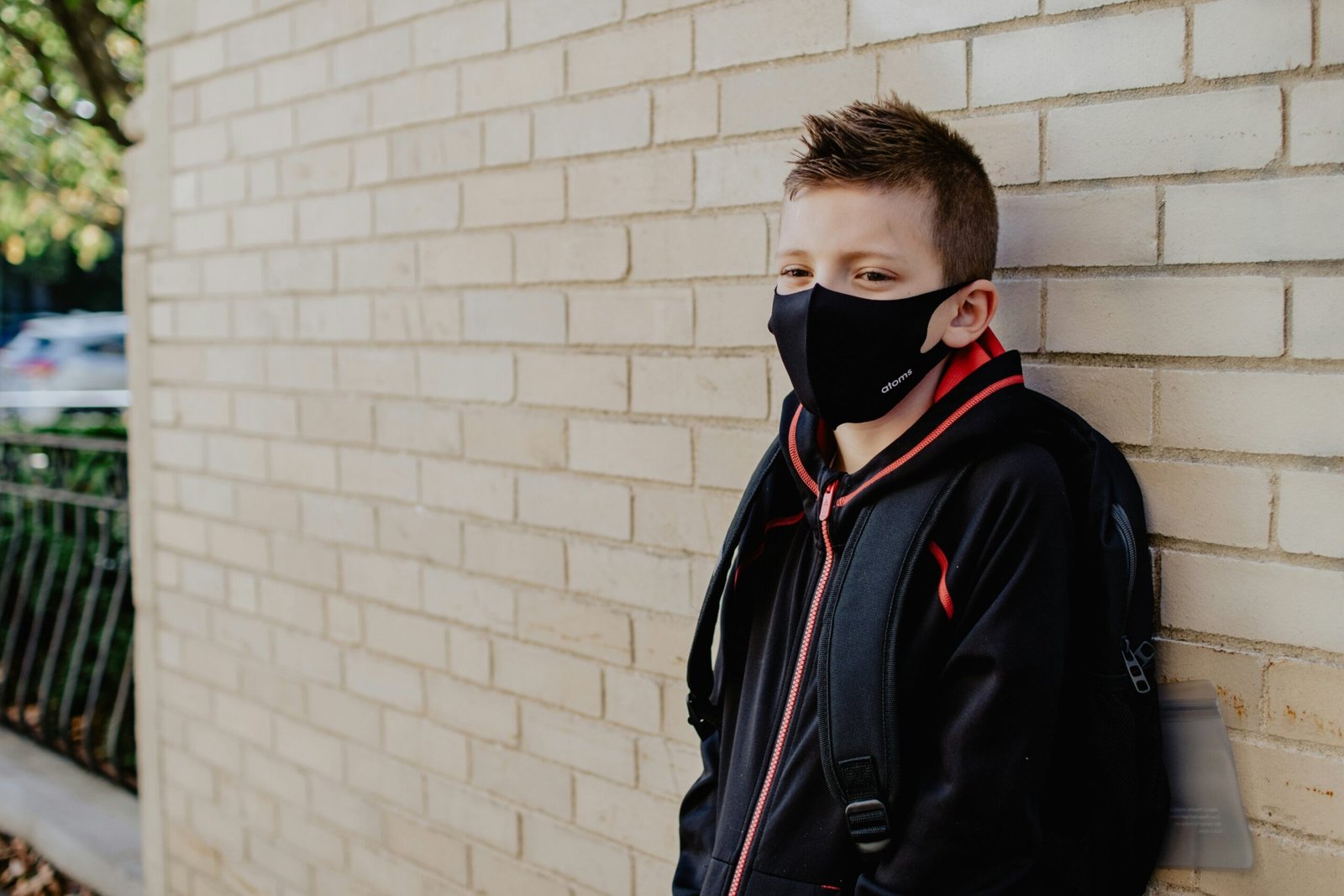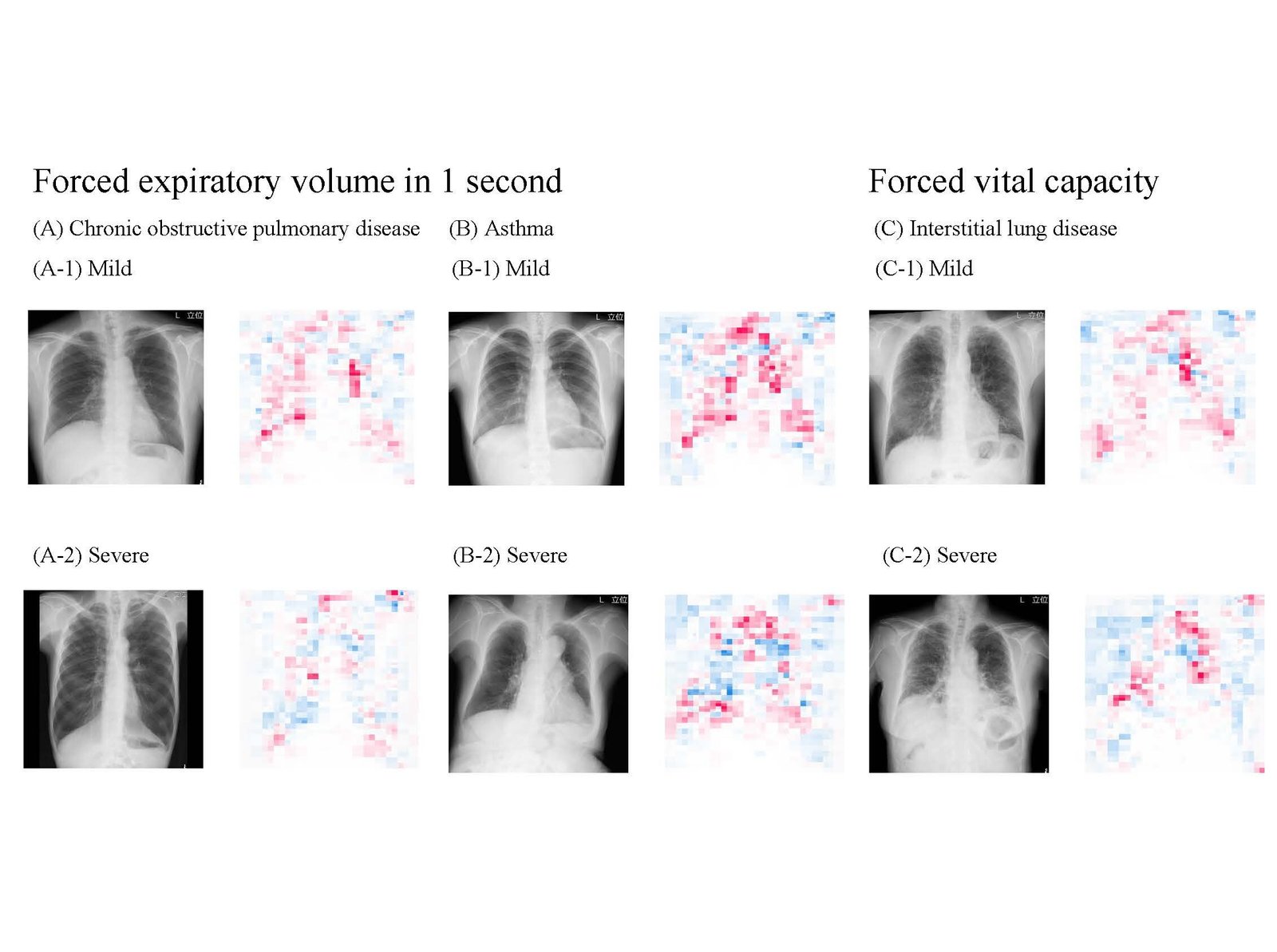The COVID-19 pandemic was challenging for many adolescents, disrupting their schooling and social/emotional development. Drawing on national data, a large study finds that how adolescents’ brains were wired before the pandemic predicted their stress, negative emotions, and overall mental health during its height— making them more vulnerable or more resilient.
The findings, reported in the journal Cerebral Cortex, could help target behavioral therapies to the brain circuits and functions most affected, says study leader Caterina Stamoulis, Ph.D., who heads the Computational Neuroscience Laboratory in the Division of Adolescent and Young Adult Medicine at Boston Children’s Hospital.
With support from the National Science Foundation, Stamoulis and research assistant Linfeng Hu analyzed functional magnetic resonance imaging (fMRI) data from 2,600 adolescents averaging 12 years of age, collected an average of seven months before the pandemic. The data came from the ongoing Adolescent Brain Cognitive Development (ABCD) study; adolescents with known neuropsychiatric or neurodevelopmental disorders were excluded.

From May 2020 to May 2021, when COVID-19 was at its peak, the ABCD study surveyed the adolescents every two to three months about their overall mental health. Stamoulis and Hu compared their responses against the fMRI data.
“We found that there were specific brain circuits whose organization could predict adolescents’ survey responses,” says Stamoulis.
Greater robustness of the brain’s “salience network”—which plays a central role in emotion, reward, and pain processing and regulation—seemed to confer emotional resilience during the pandemic. And the researchers found that stronger, better organized connections between brain regions predicted better self-reported mental health.
Conversely, weaker and less robust connections in certain parts of the brain, including the prefrontal cortex, were associated with higher stress and sadness during the pandemic. “The prefrontal cortex is underdeveloped in early adolescence and is actively undergoing changes, making it especially vulnerable to external stressors,” Stamoulis notes.
Lower connectivity and strength of circuits involving the amygdala and thalamus—both linked to emotional processing and regulation—also predicted more stress and sadness. Findings were similar for circuits involving the basal ganglia and striatum, also linked to emotion processing. These structures and networks, too, are developing rapidly in adolescence.
“By identifying the prefrontal cortex as a vulnerable area, and the salience network as vulnerable, we have established specific circuits we can follow over time,” says Stamoulis. “We know that these circuits support reward processing, emotional processing, pain, and motivating signals. Those functions could be targeted in designing behavioral therapies.”
More information:
Linfeng Hu et al, Strength and resilience of developing brain circuits predict adolescent emotional and stress responses during the COVID-19 pandemic, Cerebral Cortex (2024). DOI: 10.1093/cercor/bhae164
Citation:
Study finds brain wiring predicted adolescents’ emotional health during COVID-19 pandemic (2024, May 16)
retrieved 16 May 2024
from https://medicalxpress.com/news/2024-05-brain-wiring-adolescents-emotional-health.html
This document is subject to copyright. Apart from any fair dealing for the purpose of private study or research, no
part may be reproduced without the written permission. The content is provided for information purposes only.










